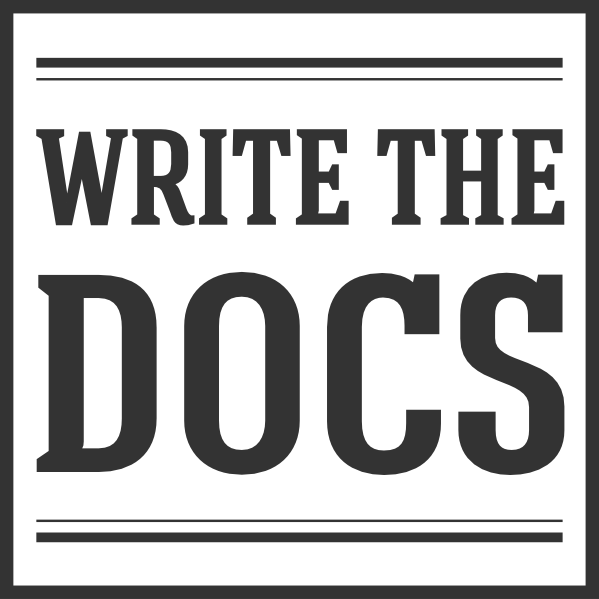Make It Make Semantic Sense: Semantic Strategies for All of Us¶
Description
Semantics: a word that inspires eyes to glaze over in almost any crowd, and yet is one of the most fundamental tools for creating accessible and scalable content.
I’ve put words in a lot of different places as part of my role as a toolchain developer. I’ve helped math scholars get their papers published in print; I’ve helped build GUI tools for computer experts to streamline their writing process; I’ve built processes for major publishers to get best-selling novels out into the world as both print and ebooks simultaneously; I’ve helped technical documentation teams create websites, books, and whitepapers all from the same content. And there are a few things I’ve learned in the process:
Good writing is more than good words. Good writing is easy to navigate, it reaches people of all levels of ability, and it retains its meaning even when the presentational format changes.
One element that powers all of those things is good semantics. Semantics describes the parts of a written document: which bits are the headings? Which paragraphs are body text? Which blocks are part of the main narrative, and which are asides? While it may seem basic, this information is crucial if you want to create content that can flow into streamlined workflows and reach all users, and it’s something that is often invisible and often overlooked.
In this presentation, I’ll cover:
- A definition of semantics, in the context of writing and documentation
- Why are semantics good and important?
- The importance of differentiating semantics from visual design
- What strategies I have worked with when helping authors of differing technical backgrounds apply good semantics
- Who, what, when, and how: choosing a good semantic strategy for your own work or team, and finding the tools to support it
- Conference: Write the Docs Portland
- Year: 2024



